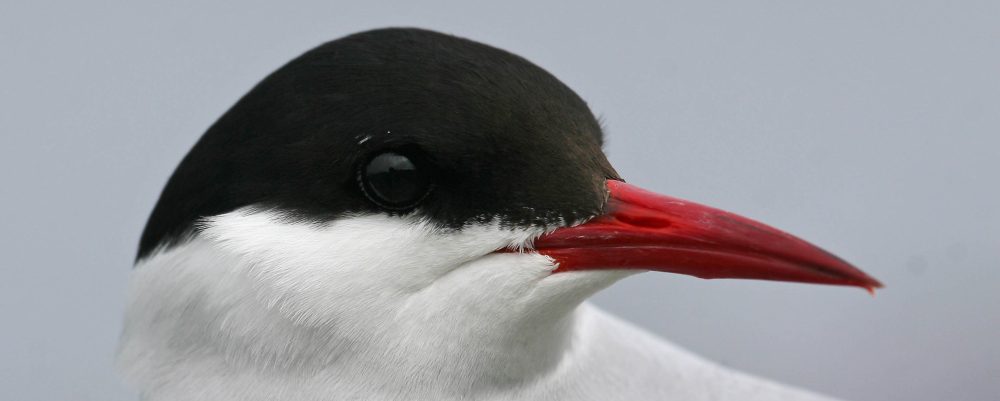White-legged Damselflies have one rather annoying habit. If you do inadvertently disturb one when lying prone on the ground trying to take it’s photograph, it immediately flies up into the nearest tree. Still, I managed to get a couple of shots.
Monthly Archives: Jun 2020
Woodman’s Follower
A trip a little further South as we spread our wings after lockdown was an opportunity to see a few different things, We started with some wonderful Heath Fritillaries. Nice small dark butterflies these with a stained glass window for an underwing and, for once with these scarcer butterflies, a low level flight. No craning of the neck with these jobbies. They were easy to find as they searched out their host plant; Cow Wheat. It’s love for coppiced areas gave it the name ‘Woodman’s follower’. This little speciality is on the agenda for next years tours.
Fen Mason Wasps
A good find
I have to say she may not always know what she’s looking at in the Northern Hemisphere, but that wonderful antipodean wife of mine has eyes like a burglar’s horse. She misses nothing. We were walking through some beautiful open woodland when I was asked “what species of dragonfly is this?”.
I took a look. I took another look. It was miles early, but I tentatively suggested, Migrant Hawker. … but it didn’t look quite right. My next suggestion was she photographed it and asks the lads (and ladies) on the WhatsApp group we’re in. The reply came back it was definitely a ‘Southern Migrant Hawker’ (thanks Andrew & Rob). I should have known this and bebated myself for not realising it myself.
Anyways, if you look in any of the ‘usual’ British Dragonfly books it will state the species has one previous UK record in 1952. The current reality is far from this. Four individuals were observed in southern England during 2006. During 2010 many individuals were then seen in south Essex and North Kent, with oviposition being noted at two sites. The species is obviously starting to colonise the UK.
Still … it’s a good find.
Invader
The only place in Norfolk I know of where this Hottentot Fig is growing in the wild. Great care is needed here. We could end up with acres of this introduced alien along the cliffs if this patch isn’t uprooted. It would only take a winter storm to spread this far and wide. There are orchids a plenty along the cliffs here that will be smothered if this happens. You only have to look at Winterton South Dunes to realise what a detrimental difference quick growers like ‘Russian Vine’ can make.
Sly guy
A buzz seeing orchids
Looking for Bee Orchids this month didn’t go well. I searched a couple of the usual spots locally, without any luck. I didn’t want to travel far given travel is still ‘essential-only’ but I wanted to show Tania these marvelous little creations. Good friend Tony, my best man when Tania and I married, is my orchid go-to reference. He had found a few spikes just down the road so following his excellent directions we came across a dozen or so spikes. Searching the cliff face we also found a few more too. One even being visited by a bee!
Reedbed Warbler
Waiting for Swallowtails something slunked into view at our feet. It took me a moment to place it. It just wasn’t immediate. It took a couple of seconds. A warbler deep inside a reedbed in June should be one of just a few species. This wasn’t one of them. It was out of context. God only knows what a Chiffchaff was doing trundling about around the foot of reeds but anyways it was. We watched it for a while before it slunk away as silently as it arrived.
Invaders from the East
As we entered June a series of invaders flew from the East. Birds we wouldn’t see as a norm started invading British Airspace.
The first was a wave of Rose Coloured Starlings. No ordinary starlings these, but starlings bedecked in Librace styled dinner suits of pink and velvet black. As I write this one has just moved through the fields between me and the cliffline 400m to the North. Bedecked in a Elton John styled headdress these spring adult males are worth sparing a wary eye on your bird feeders.
The second wave of Asian explorers are Blyth’s Reed Warblers. These are birds coming up from India that would normally summer in North East Europe. A smattering of birds down the East coast of the UK were augmented by several local birds. One a shy bird overwhelmingly favouring sound than sight, as it sang from deep within bramble bushes on Beeston Bump proved very elusive. Another at the relatively new NWT reserve of Pigney’s Wood at North Walsham was more forthcoming. It performed admirably for a small number of bird watchers within a stand of bamboo and Willow. It sang its heart out to all that would listen and more importantly … showed well as it did so.
















